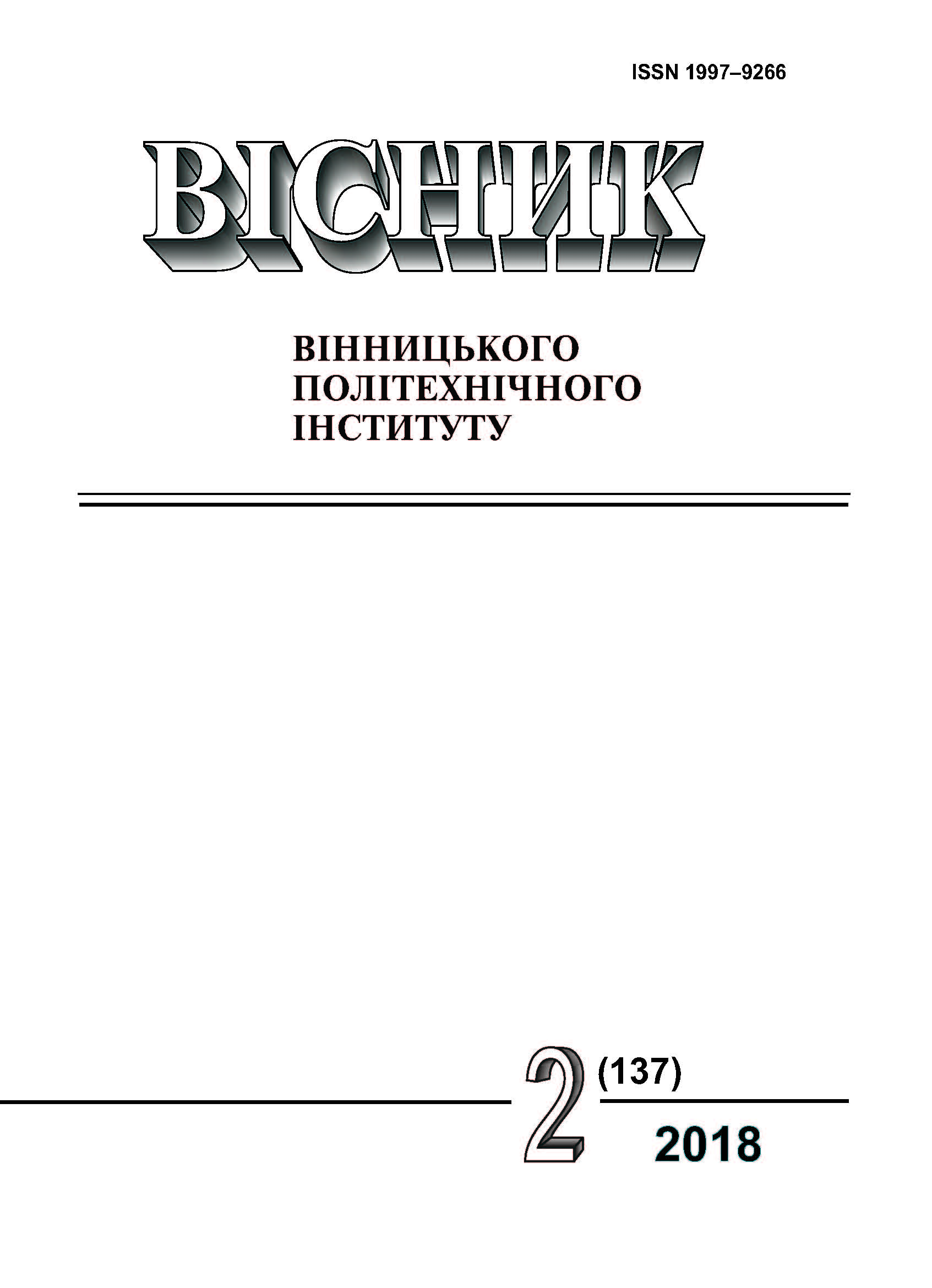Investigation of Distribution of Energy Loss When Loading Conveyor
Keywords:
belt conveyo, electromechanical system, optimum voltage regulator, loss of energy, intensity of loading.Abstract
The urgency of the investigation of the energy losses change in the electromechanical system of the conveyor number and in the period of its loading to the level of volumetric productivity, including the increase of their energy efficiency level, according to the analysis of domestic and foreign scientific and patent literature relating to the investigation of the operation modes of the continuous transport system with a flexible traction element. The mode of cargo delivery to the conveyor belt after reaching its rated linear speed, i.e. after the transient process of starting the conveyor, is considered.
The research was carried out based on the model of a multi-motor high-performance conveyor, in which, in order to reduce the level of the flexible element average tension in a closed loop, one of the motors is placed in the tail part of the transport mechanism. Taking into account the requirements for designing modern electric drives, а variant of using unified electric drive units with asynchronous electric motors of the same power is considered.
The results of the investigation the energy and efficiency losses change in the electromechanical system for the two most probable variants of belt conveyor loading are presented. Two variants of the energy loss distribution are considered, namely: the first variant - in the absence of a voltage regulator, which allows minimizing the losses in the electromechanical converter that arise due to changes in the technological parameters of the belt conveyor and the second variant - with an optimal voltage regulator in the control system structure.
An appropriate analysis of the distribution of losses for both variants is carried out and the expediency of using the energy management law optimal for the energy efficiency of the drive elements of continuous transport systems is determined.
References
В. В. Дмитриева, Разработка математической модели ленточного конвейера с двухдвигательным приводом. Москва: МГГУ, 2008 г.
B. Jeftenić, et al., "Energy efficiency in transportation of bulk material with frequency controlled drives," in 14th International Power Electronics and Motion Control Conference EPE-PEMC 2010, Ohrid, Macedonia, pp. T5 105-113, 2010.
М. В. Печеник, С. О. Бур’ян, та Л. М. Наумчук, «Дослідження енергоефективних режимів роботи багатодвигунного стрічкового конвеєра», Технічна електродинаміка, № 3, c. 82-84, 2016.
С. О. Бур’ян, та Л. М. Наумчук, «Дослідження енергоефективності електромеханічної системи автоматизації конвеєрної установки при варіаціях моменту навантаження», в Електромеханічні та енергетичні системи, методи моделювання та оптимізації. Збірник наукових праць ХІІ Міжнародної науково-технічної конференції молодих учених і спеціалістів у місті Кременчук. 10-11 квітня 2014 р., Кременчук, КрНУ, с. 69-70, 2014.
W. Leonhard, Control of Electrical Drives. Berlin: Springer, Verlag, 420 p., 1996.
М. В. Печеник, С. О. Бур’ян, та Л. М. Наумчук, «Дослідження втрат енергії в електромеханічній системі конвеєра при плавній зміні навантаження», Електромеханічні і енергозберігаючі системи. Щоквартальний науково-виробничій журнал, № 2/2015 (30), с. 67-73, 2015.
Downloads
-
PDF (Українська)
Downloads: 113
Published
How to Cite
Issue
Section
License
Authors who publish with this journal agree to the following terms:
- Authors retain copyright and grant the journal right of first publication.
- Authors are able to enter into separate, additional contractual arrangements for the non-exclusive distribution of the journal's published version of the work (e.g., post it to an institutional repository or publish it in a book), with an acknowledgment of its initial publication in this journal.
- Authors are permitted and encouraged to post their work online (e.g., in institutional repositories or on their website) prior to and during the submission process, as it can lead to productive exchanges, as well as earlier and greater citation of published work (See The Effect of Open Access).





